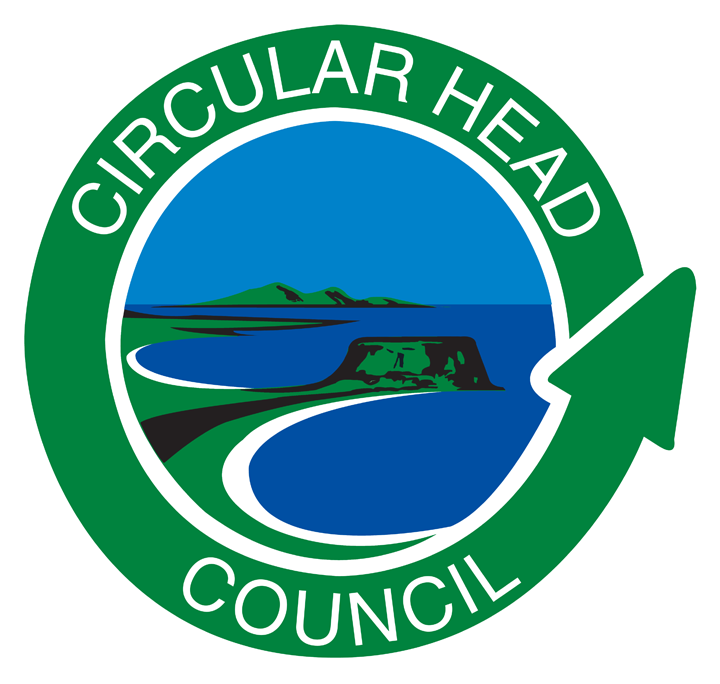Asbestos was commonly used in building materials from the 1940s until the mid-1990s. Because exposure to asbestos can cause disease, a national ban on the manufacture, importation and installation of products containing asbestos was introduced from 1 January 2004.
The inhalation of asbestos fibres may result in serious diseases, such as asbestosis, mesothelioma or lung cancer. Because the level of exposure that may cause health problems is unknown, any exposure to asbestos should be avoided.
It is estimated that at least one in every three buildings constructed between the 1940's and 1990's contain asbestos products.
Asbestos may be found either firmly or loosely bound in a number of products once used in the Australian building industry, including:
- roofing and shingles
- under eaves
- exterior wall cladding
- interior walls and wet areas
- fencing
- thermal boards around fireplaces and in switch boards
- backing material on floor tiles and vinyl flooring
- gaskets and seals in wood stoves
- textured paint
- garages and workshops
- the brakes, clutches and gaskets of cars
- insulation used on hot water pipes, hot water cylinders, domestic heaters and stoves
What does asbestos look like?
It is very difficult to identify asbestos by looking at it. If you are uncertain about what a substance is, you should treat it as though it contains asbestos. The only way to be certain is to have a sample analysed by a laboratory. A licensed asbestos removalist could also help identify materials containing asbestos.
What should I do if I find asbestos?
If you are concerned about any asbestos in your home you should contact a licensed asbestos removalist who can assist you. A list of licensed asbestos removalists can be found on the Workplace Standards Tasmania website at http://worksafe.tas.gov.au/(search for 'licensed asbestos removalists') or by contacting the Workplace Standards Helpline on 1300 366 322.
May I remove asbestos from my home?
It is recommended that you contact a licensed asbestos removalist if you are considering having asbestos removed from your home. Asbestos is dangerous and while it is not illegal for you to remove asbestos from a property that you own, you are strongly advised not to do so unless you have undertaken training and are competent in safe asbestos removal practices.
You must consider your health and safety if you are considering doing asbestos removal. You must also consider the health and safety of other people in the area, including children, and people on neighbouring properties. These people may be exposed to asbestos fibres released during removal works.
How do I dispose of asbestos?
Asbestos is classified as a hazardous material, so there are rules about how it can be transported and where it can be disposed of. Because of this asbestos cannot be disposed via the Wheelie Bin Collection. Please see below for information on Landfill disposal.
Asbestos can be disposed of at Council's White Hills transfer station. Persons undertaking their own renovations are able to dispose of amounts less than 10m2 at White Hills Transfer Station to be packages as per Safework Australia Standards (below). Any disposal amount not meeting required wrapping standards will not be accepted.
Once a person/s engage someone to remove the asbestos for them (e.g. builder) then they would be required to have a licenced contractor to transport the asbestos to Port Latta Landfill.
How does the asbestos need to be prepared for disposal?
Asbestos waste should be prepared for disposal in accordance with the Safe Work Australia "Code of Practice for the Safe Removal of Asbestos" (available at http://www.safeworkaustralia.gov.au/). This includes:
- Asbestos being double bagged or double wrapped in heavy-duty 200µm (minimum thickness) polythene plastic or bags.
- Labelling of the prepared bags with an appropriate warning, clearly stating that they contain asbestos and that dust creation and inhalation should be avoided. For example:
CAUTION - ASBESTOS
DO NOT DAMAGE OR OPEN BAG DO NOT INHALE DUST
CANCER AND LUNG DISEASE HAZARD
Use of controlled wetting of the waste to reduce asbestos dust.
Where is my nearest asbestos disposal facility?
The Port Latta Landfill accepts asbestos waste subject to applicaiton for entry to the site and the following conditions: -
- That it is appropriately prepared for disposal in accordance with the "Code of Practice for the Safe Removal of Asbestos".
- That it is transported by a licenced contractor.
- No public access is granted to the Port Latta Landfill.
What are the costs of asbestos disposal at my nearest disposal facility?
The fees are listed on Council's website. For disposal of solid asbestos material please read the item "Hazardous - Solid, includes asbestos content"
How do I contact my local disposal facility?
Inquiries can be made by contacting Circular Head Council's Engineering Services Department on (03) 6452 4840.
On which days/times can I take my asbestos to my nearest disposal facility?
The Port Latta Landfill is open Monday to Friday (excluding public holidays) from 7:30am to 4:00pm for licenced contractor access only, no access is granted to the general public.
More information on asbestos is available on the Work Safe Tasmania website.

